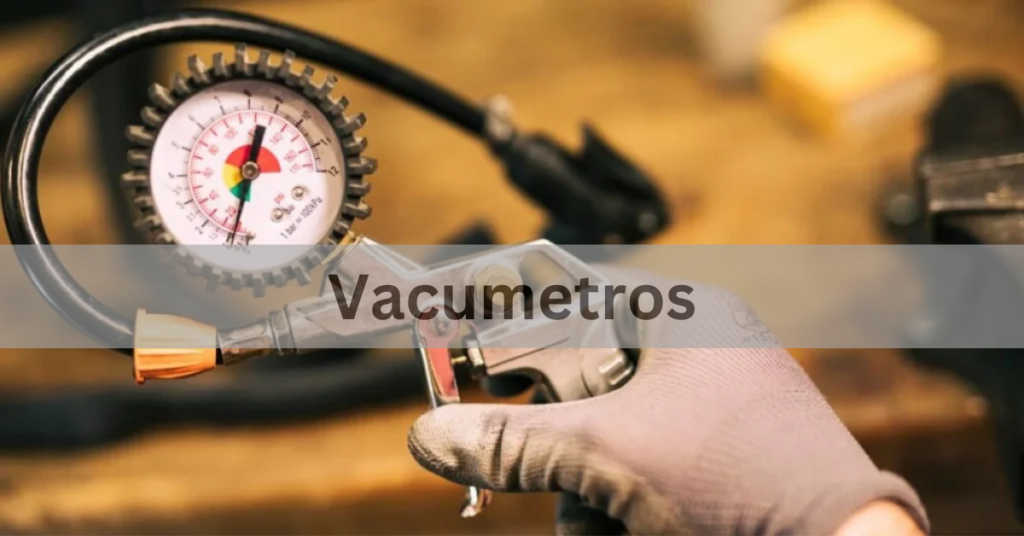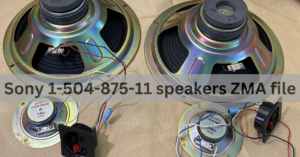Vacumetros – The World of Precision Measurement!

Vacumetros helped keep my homemade food fresh longer when I sealed it up tight. When I was doing science stuff, vacumetros showed me how to make things just right in my experiments. At my job, I learned how to use vacumetros to make sure machines were working perfectly.
Vacumetros are tools that help measure how strong a vacuum is in machines. They’re super important for making sure everything works well in industries like food packing and making computer chips. Trust vacumetros to keep your stuff running smoothly.
In this article, we’ll chat about vacumetros. We’ll learn why they’re super important and how they’re used in different jobs.
What are Vacumetros?
Vacumetros are like special tools that tell us how strong a vacuum is inside something. Imagine you have a sealed bag, and you want to know how much air is left inside. That’s where vacumetros come in handy. They’re like little helpers that can measure how much pressure or squeezing there is inside the bag, so you know if it’s a really tight seal or if there’s still some air left.
These devices are essential in lots of jobs, like making sure food stays fresh when it’s packed in a vacuum-sealed bag. They’re also crucial in big industries like making computer chips, where even a tiny bit of air in the wrong place can mess things up.
Why are Vacumetros Important?
- Essential Tools: Vacumetros are like special helpers used in important jobs.
- Keep Things Going: They make sure that tasks like separating liquids or sealing food packages happen smoothly.
- Get it Right: Vacumetros help ensure that everything works well, whether it’s making computer chips or packing snacks.
How Do Vacumetros Work?
Sensing Pressure:
Vacumetros begin their work by sensing the pressure inside a system. This means they’re like little detectives, feeling how tight or loose things are inside. They do this by using sensors that can detect even the tiniest changes in pressure.
Displaying Readings:
Once vacumetros figure out the pressure, they need to show us what they found. They do this by displaying the readings in a way we can easily understand. This could be on a screen like your phone or a gauge with a needle that moves.
Using Different Mechanisms:
Vacumetros have different ways to measure pressure, just like you might have different tools for different jobs. Some use mechanical parts, like gears and springs, to figure out the pressure. Others are more high-tech and use electronics to do the job.
What Are The Types of Vacumetros – Get Hands-On with Essential Industrial Tools!
Analog Vacumetros:
Analog vacumetros are like the old-school way of measuring vacuum levels. They have a dial or a needle that moves to show how much vacuum there is. It’s kind of like the speedometer in a car, but instead of showing how fast you’re going, it shows how strong the vacuum is.
Digital Vacumetros:
Digital vacumetros are the modern version of measuring vacuum levels. They have a screen, like a little TV, that shows the vacuum level in numbers. It’s like looking at your phone to see the time instead of looking at a clock with hands.
Portable Vacumetros:
Portable vacumetros are like the little travelers of the bunch. They’re small and easy to carry around, so you can use them in different places. It’s like having a pocket-sized vacuum-measuring friend that can go wherever you go.
Fixed Vacumetros:
Fixed vacumetros are like the guards that stay in one place all the time. They’re installed in a specific spot and keep an eye on things without moving. It’s like having a security camera that watches over a place 24/7 to make sure everything’s okay.
How to Use Vacumetros?
Connecting the Vacumetro:
First, you need to put the vacumetro in the right place. It’s like plugging in a phone charger to charge your phone. You attach the vacumetro to the system where you want to measure the vacuum levels, like a hose or a container.
Powering On:
If your vacumetro needs power, you have to turn it on. Just like turning on a TV before you can watch your favorite show, you press a button or flip a switch to turn on the vacumetro. Then, you wait for it to get ready, like when you wait for your computer to start up.
Reading the Measurement:
Now comes the fun part! You look at the gauge or the display on the vacumetro to see what it says. It’s like checking the thermometer to see how hot it is outside. The vacumetro will show you a number or a needle pointing to a number. That number tells you how strong the vacuum is.
Interpreting the Results:
Once you know the vacuum level, you have to figure out what it means. If the number is too high or too low, it might mean something’s not right. It’s like looking at a traffic light – if it’s green, everything’s good, but if it’s red, you might need to stop. So, if the vacuum level isn’t where it should be, you might need to fix something or make adjustments to keep everything running smoothly.
Frequently Asked Questions:
How do vacumetros help in maintaining food freshness?
Vacumetros ensure that air is removed from food packaging, preventing spoilage and maintaining freshness for longer periods.
Can vacumetros be used in household applications?
Yes, vacumetros are available for home use, commonly for vacuum sealing food to prolong its shelf life.
Are there any safety precautions to consider when using vacumetros?
It’s important to follow manufacturer instructions and ensure proper maintenance to avoid any potential hazards.
Can vacumetros be used to detect leaks in vacuum systems?
Yes, vacumetros can help identify leaks by monitoring pressure changes within the system.
Conclusion:
Vacumetros are like trusty helpers that ensure things run smoothly in various industries, from food packaging to semiconductor manufacturing. Their ability to measure vacuum levels accurately and their versatility in different settings make them indispensable tools. Whether it’s maintaining food freshness or optimizing industrial processes, vacumetros play a vital role in achieving efficiency and quality.




